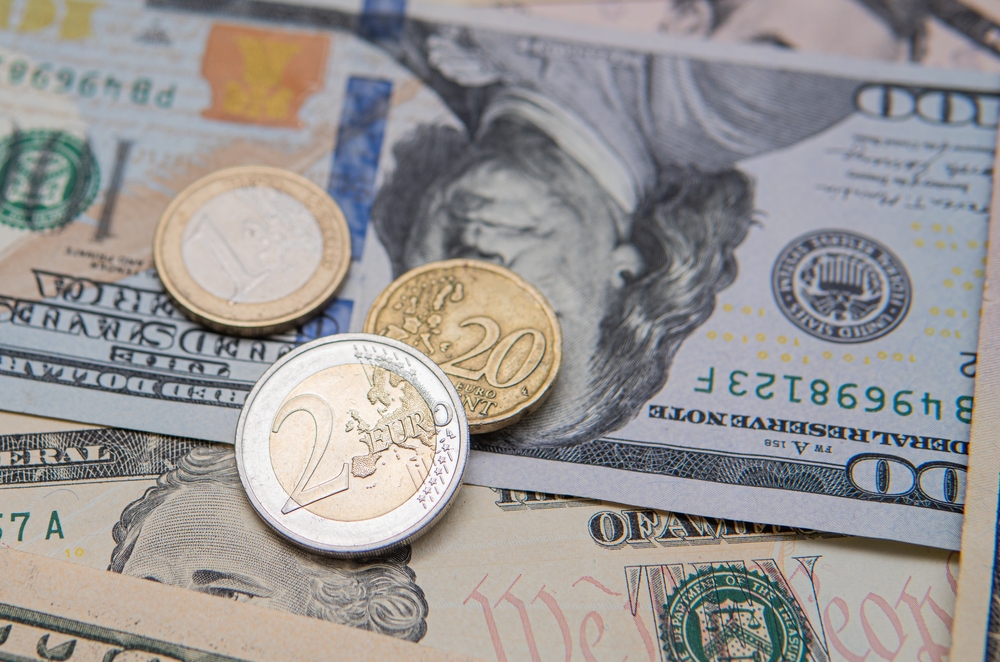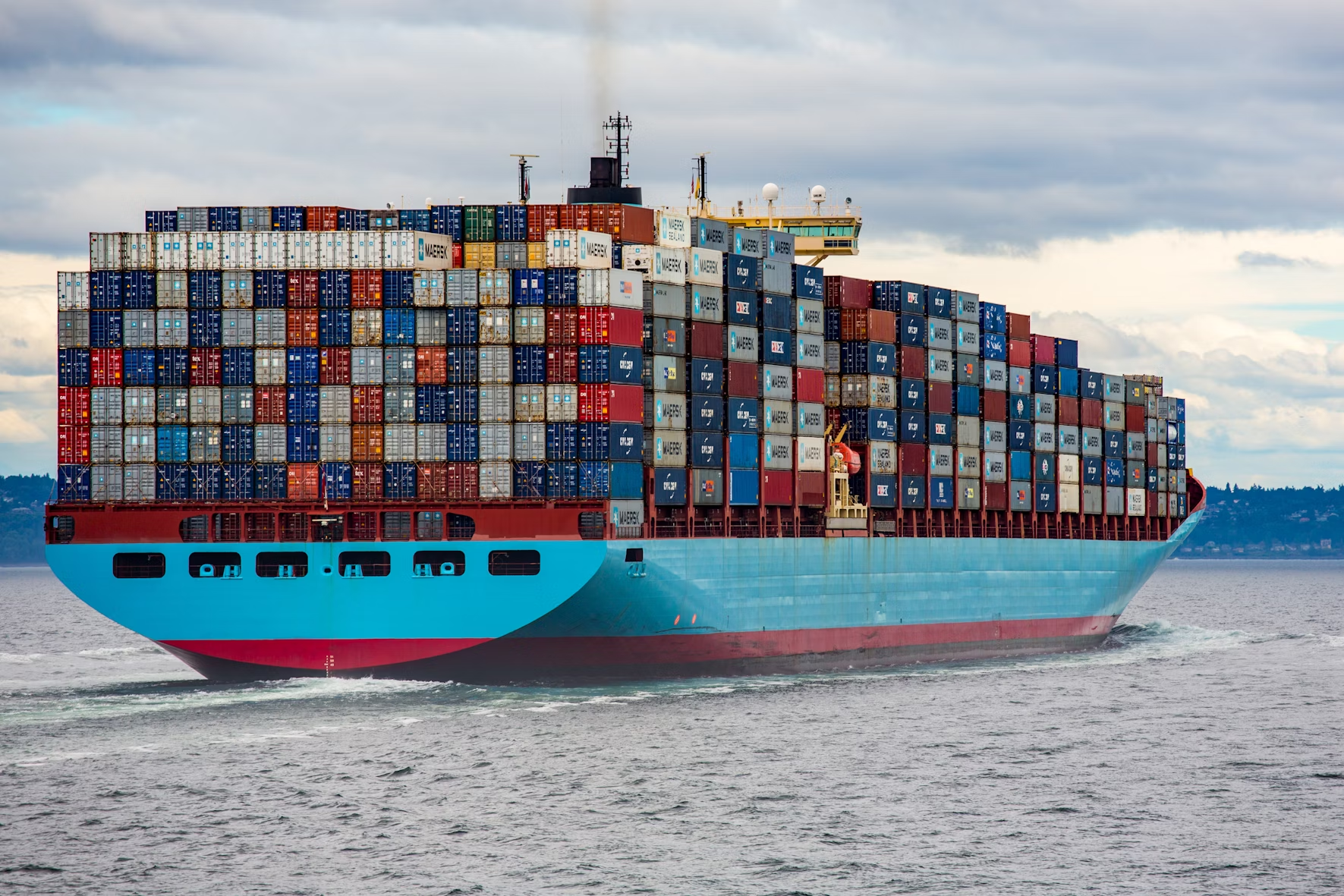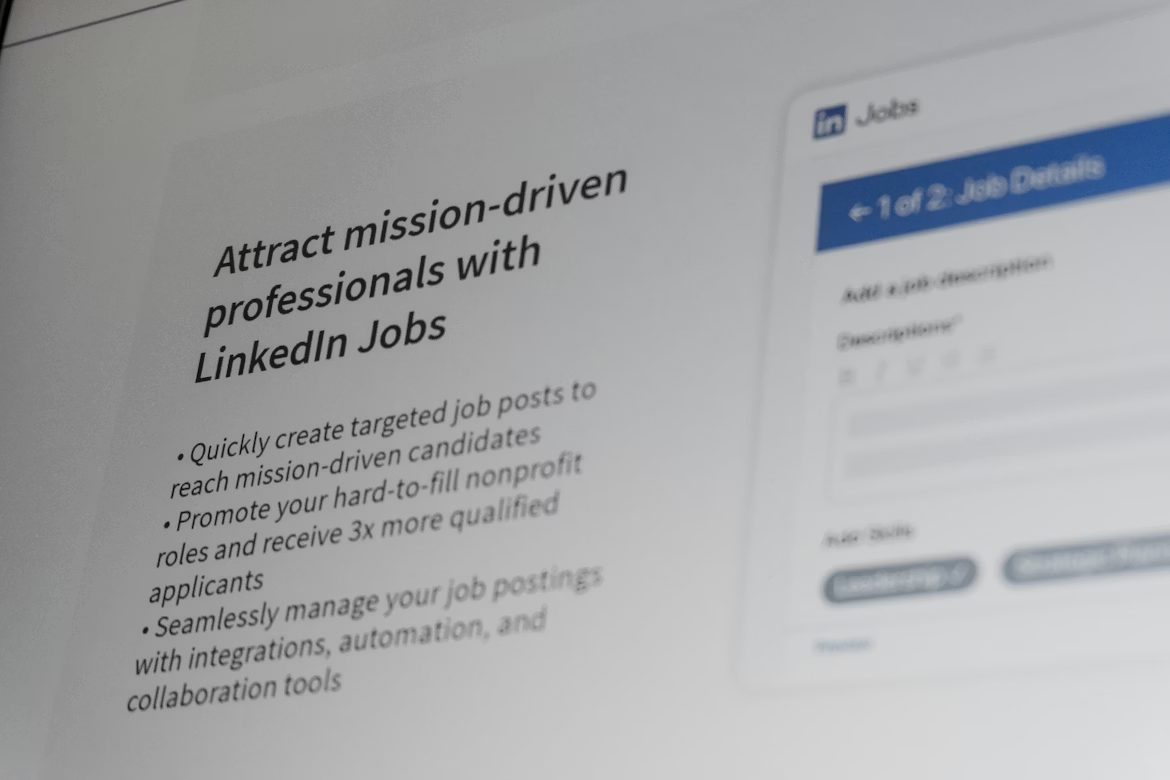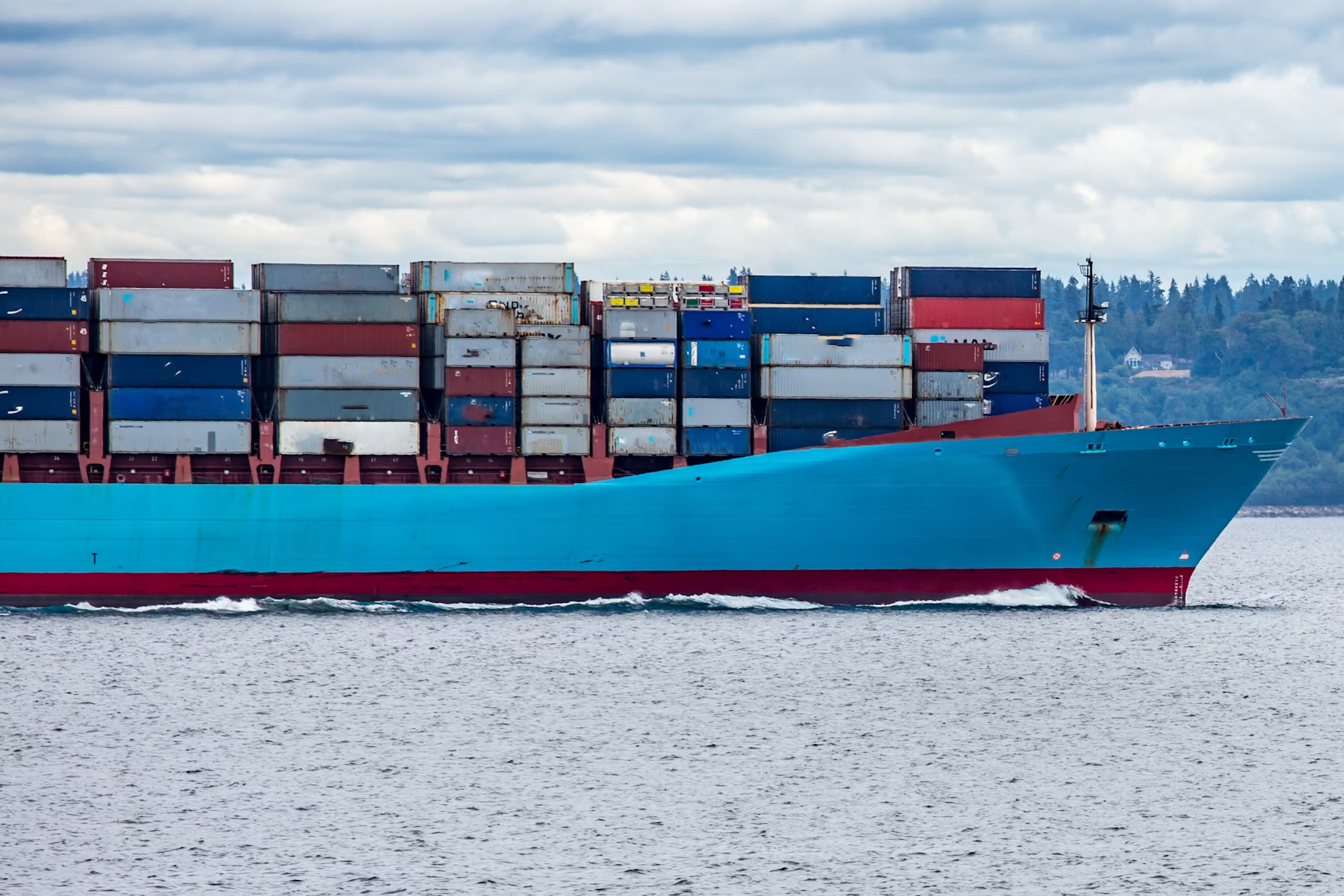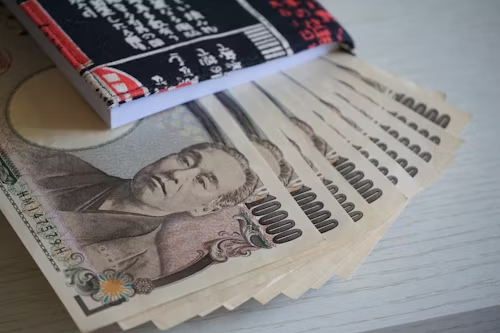President Trump had successfully weaponised tariffs on Canada and Mexico, where both countries agreed to reinforce border security. While Trump hails these outcomes as victories, it raises questions over its efficacy long-term. Europe and other nations are already forging new trade alliances to reduce their reliance on the U.S., with the European Union recently finalising major trade deals with South American countries, Switzerland, and Malaysia. China's 10% tariff, which is not delayed, may send tech manufacturers like Apple to continue manufacturing outside China as tariffs on Chinese-made electronics could raise costs for iPhones and laptops. Looking ahead, while some industries might secure exemptions, the emerging risk should awaken the need for businesses and investors to prepare for volatility and adopt diversified strategies.
EQUITY
U.S. and European stocks closed lower Monday but recuperated slightly from heavy morning losses after President Trump delayed tariffs on Mexico and Canada. Tech stocks bore the brunt of the selloff, with Tesla tumbling 5% on weak California car registrations and chipmakers sliding as investors questioned growth prospects, while consumer staples like food and household goods companies led gains as traders sought safer bets. IDEXX Laboratories championed S&P 500's top gainer with 11% after smashing quarterly earnings, while Moderna underperformed.
GOLD
Gold is shining brighter than ever as investors flock to its safety with growing trade tensions and inflation fears, pushing it to a 5th weekly gain streak. With U.S. tariffs on China still in play and its risk to the economy, gold’s appeal as a hedge against uncertainty has pushed prices near record highs, currently hovering at support around $2,810 an ounce. While this rally is good news for gold holders, labour data might improve economic outlook after U.S. manufacturing expanded for the first time after 26 months of contraction.
OIL
Oil prices took a hit after President Trump decided to pause tariffs on Mexico and Canada for 30 days. The two countries are major oil suppliers to the U.S., so the tariff initially pushed prices higher that is now erased, with risk lingering with China’s retaliatory tariffs now in play. OPEC+ met and decided to stick to its plan of gradually increasing oil supplies starting in April, adding pressure to prices as more oil could flood the market.
CURRENCY
The Canadian dollar and Mexican peso steadied after the U.S. delayed tariffs on both countries for 30 days, agreeing to stricter border policies rather than an immediate economic blow. The Chinese yuan also bounced back slightly from record lows, with traders betting Beijing might still negotiate to avoid the full brunt of fresh U.S. tariffs that officially kicked in overnight. The euro dipped as Trump hinted the EU could be next in line for tariffs.

